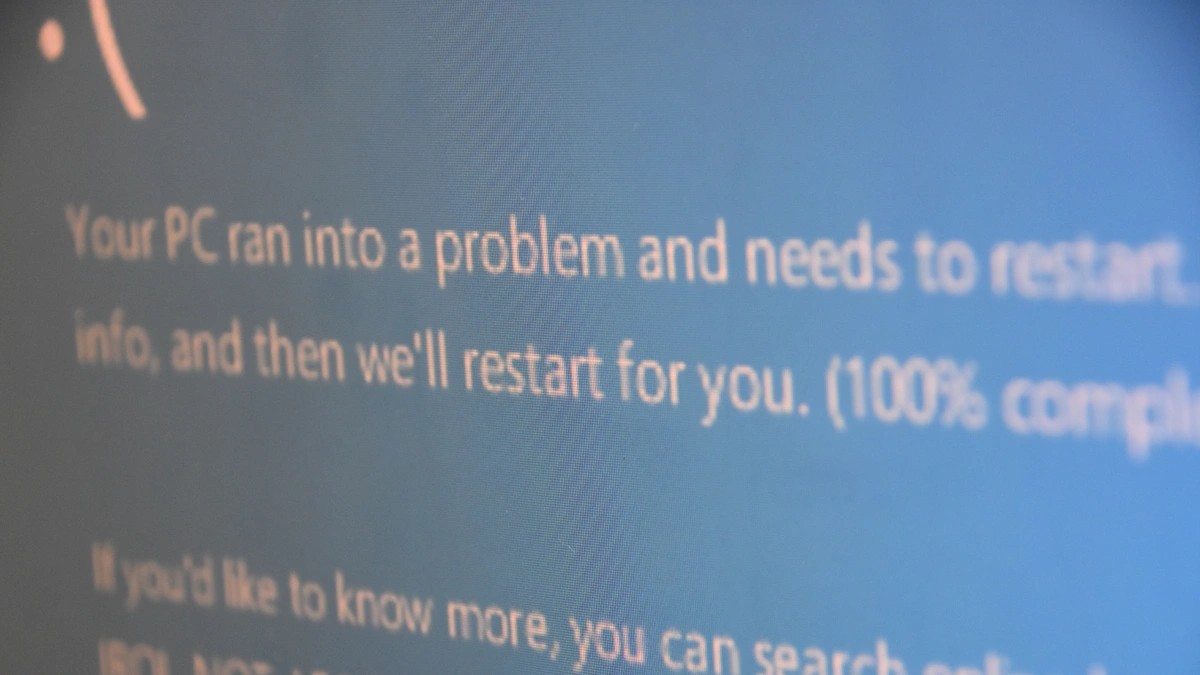As technology advances, the importance of robust cybersecurity measures continues to grow. Even the most robust systems can encounter significant challenges. Recently, Windows systems experienced a substantial outage due to a bad update from one of their security vendors, CrowdStrike. That had a profound global impact, affecting numerous IT systems worldwide. The fallout was felt across critical infrastructure such as hospitals, airlines, and other essential services, underscoring the severity and global reach of the incident.
Understanding the intricacies of such incidents is crucial for IT professionals and organizations to bolster their defenses and minimize future risks. This blog delves into the technical details of the CrowdStrike outage, explores its root causes, and discusses the preventive measures that could avert similar situations.
To prevent future incidents like the CrowdStrike outage, IT professionals and organizations need to grasp the details and causes of what happened. This blog provides a technical analysis of the CrowdStrike outage caused by a bug in a vital security update that affected millions of devices and disrupted various essential services worldwide.

What Happened During the CrowdStrike Outage?
The Incident Unfolded
The update caused Windows computers running CrowdStrike software to crash and display the “Blue Screen of Death” BSOD. Broken Windows computers are what resulted in the widespread outages. This update contained a bug that caused widespread disruptions across various sectors, including air travel, healthcare, broadcasting, and more. Approximately 8.5 million devices were impacted globally.
Technical Root Cause
According to CrowdStrike’s preliminary Post-Incident Review (PIR) of the incident, “On Friday, July 19, 2024, at 04:09 UTC, as part of regular operations, CrowdStrike released a content configuration update for the Windows [Falcon] sensor to gather telemetry on possible novel threat techniques.
These updates are a regular part of the Falcon platform's dynamic protection mechanisms. The problematic Rapid Response Content configuration update resulted in a Windows system crash.”
“Rapid Response Content provides visibility and detections on the sensor without requiring sensor code changes. Threat detection engineers use this capability to gather telemetry, identify indicators of adversary behavior, and perform detections and preventions.”
Quality Control Failure
A critical factor contributing to the incident was a shortcoming in CrowdStrike's internal quality control mechanism. The Content Validator, tasked with ensuring the integrity of updates, failed to identify the software bug. As a result, this flawed software was released into the environment, leading to significant system crashes. Notably, the error bypassed one of the two Template Instances utilized for threat detection, underscoring a substantial vulnerability in the validation process.
Preventive Measures and Lessons Learned
Robust Quality Control
Ensuring comprehensive and bug-free validation systems is paramount. Implementing multiple layers of testing before releasing updates, such as automated and manual testing phases, simulated deployment environments, and peer reviews, can help catch potential issues early and instill confidence in the robustness of the quality control process.
Redundant Safety Checks
Implementing redundant safety checks involves creating multiple checkpoints throughout the software development and release lifecycle. Checks could include additional validation stages, such as code reviews, security audits, and stress testing under various scenarios. Organizations can mitigate the risk of widespread disruption by adopting a phased rollout approach.
Incident Response Plans
Having a well-defined incident response plan is essential for minimizing the impact of any issues that may arise. This plan should include clear guidelines for quickly detecting, isolating, and resolving incidents. Regular drills and updates to the plan can ensure readiness in the face of unexpected challenges.
Strengthening ITSM and ITIL Practices
Role of IT Service Management (ITSM)
IT Service Management (ITSM) is crucial in preventing outages like the CrowdStrike incident. ITSM practices such as Change Management, Incident Management, and Problem Management can systematically address and mitigate risks associated with IT changes and incidents.
ITIL Best Practices
The IT Infrastructure Library (ITIL) provides a framework for best practices in ITSM. Essential ITIL practices relevant to preventing outages include:
Change Management: Systematic handling of changes to minimize risks.
Implementing a systematic change management process can ensure that system updates or modifications are thoroughly tested and evaluated for potential risks before deployment. This can minimize the chances of unintended disruptions during changes.
Incident Management: Efficient resolution of incidents to reduce downtime.
A robust incident management framework allows a team to quickly identify and resolve any incidents during the outage, significantly reducing downtime. By having a dedicated team ready to respond, a team can restore services more efficiently and minimize the impact on users, restored services more efficiently and minimized the impact on users.
Problem Management: Identifying and addressing root causes to prevent future issues.
By focusing on problem management, a team can conduct thorough investigations to identify and address the root causes of the outage. This proactive approach helps prevent similar issues in the future, ensuring a more stable and reliable service for their customers.
Strengthening IT Infrastructure
Enhancing IT infrastructure requires regular audits to identify vulnerabilities, implement redundancies, and invest in updated security measures. These proactive measures can help prevent potential issues and ensure a more secure and reliable IT infrastructure.
Imagine a hypothetical organization, TechSolutions, a mid-sized IT firm, initially conducted audits only during significant issues, exposing them to and unaware of smaller problems. After a minor vulnerability led to a significant data leak, they hired a cybersecurity consultant who recommended regular assessments.
Strengthening their IT infrastructure led to quarterly reviews, during which they discovered outdated software and security vulnerabilities. Organizations like TechSolutions can proactively address these issues and improve their software and security measures. This shift to routine audits transforms IT Infrastructure, making it more secure and proactive and safeguarding their IT systems and clients' data.
Practical Steps for Individuals and Organizations
Regular Backups
Maintaining up-to-date backups of critical data is essential. Having reliable backups can prevent data loss and facilitate quicker recovery during an outage.
Update Management
Organizations should manage software updates cautiously. Enabling automatic updates while delaying deployment until stability is confirmed can help avoid introducing buggy updates into the production environment.
Security Software Audits
Regularly auditing and updating security software is crucial. This proactive approach ensures that vulnerabilities are addressed and can prevent the exploitation of security flaws.
Conclusion
The CrowdStrike outage underscores the importance of robust IT management practices. Individuals and organizations can mitigate risks and prevent similar incidents by implementing comprehensive ITSM and ITIL frameworks, strengthening IT infrastructure, and following practical precautions. Learning from this incident and adopting these preventive measures can safeguard against future disruptions and enhance cybersecurity resilience.
Get insights and training on the latest IT Service Management Training and Talent Solutions.


